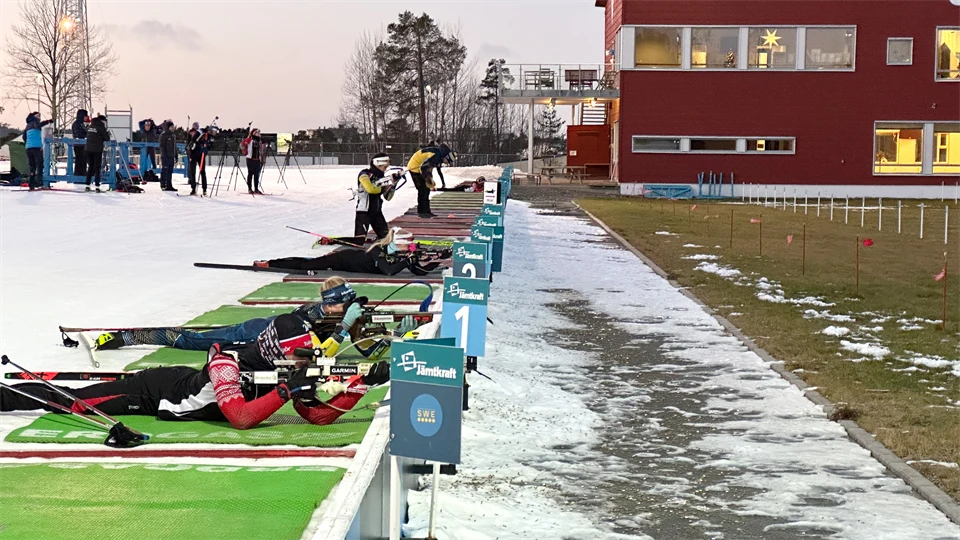How do you train to become a biathlon world champion?
This is the question that doctoral student Hannes Kock has tried to answer in a recently published scientific article. Hannes works at the Swedish Winter Sports Research Centre in Östersund and the Institute of Applied Training Sciences in Leipzig.
Two decades of training reveal the keys to success in biathlon
The study analyses training diaries from 18 German elite biathletes, including Olympic and World Championship medalists, and maps how training develops from junior to senior level.
"Both men and women increased the amount of endurance training year after year, especially at low intensity, which is crucial for long-term development," says Hannes Kock.
The study, which spans over 20 years, showed that male biathletes increase their total training volume by as much as 34 per cent from the junior to senior age categories, while female athletes did not show the same progression.
Requires both physical capacity and technical precision
Biathlon is a complex sport in which physical capacity must be combined with technical precision in the form of shooting under stress. The study showed that senior male biathletes reported a greater number of shots performed under technical and competitive conditions than in their younger years, while female biathletes mainly increase the number of competitive shots over time.
"Interestingly, the amount of precision shots, where the biathlete practises shooting without physical effort, remains constant over the ages, which underscores the importance of technical training in a calm environment," says Hannes Kock.
"We hope these results can help improve training planning for future generations of biathletes," says Helen Hanstock.
The study also points to the importance of understanding gender-specific differences in training planning, something that previous research often overlooked.
Future studies on training methods at the elite level
Hannes Kock's future research will focus on today's training methods in biathlon, with a particular interest in how intensive workouts are planned, implemented and monitored in practice. With his unique combination of Swedish and German expertise, and with support from both academia and elite sports, his work provides a rare insight into what it takes to reach the top in one of winter sports' most demanding disciplines.
The article The Making of a Biathlete: Insights From 2 Decades of Training Data From Junior, World, and Olympic Champions is published in the International Journal of Sports Physiology and Performance.
Contact information
Hannes Kock, hannes.kock@miun.se, +49 341 4945-180
Contact

